Muscle Symmetry is something that is extremely important to any individual looking to build an impressive physique and become aesthetically pleasing. After all, walking around with one pair of muscles significantly larger than another doesn’t exactly look great does it? I don’t know, let’s ask Popeye! Spinach might’ve built up his forearms, but he clearly decided to ignore the rest of his body. Not a good idea. Although this humorous example is very extreme, it does paint you a picture of what many people wind up suffering from when they don’t pay attention to how their body responds to their training.
Let’s begin by clarifying what muscle symmetry is. We are not referring to one bicep muscle being slightly bigger than the other, for example (which is a smaller scale version of this problem). When we deal with muscle symmetry, we’re dealing with muscle groups as a whole when compared to other muscle groups. In other words, is your chest significantly larger than your shoulders and arms? Are your arms significantly larger than the rest of your body? (Think Situation from the Jersey Shore). Although they might not seem like the gravest mistakes you can fall into making (they aren’t), they still throw off your entire physique and often times make you look goofy. Since we’re not transforming our bodies so that they can be labeled as looking goofy, muscle asymmetry will certainly impede our overall goals and ambitions. So let’s make sure it doesn’t happen.
Often times, when people first begin going to the gym, they do not realize the importance of the Mind Muscle Connection. As a matter of fact, many experienced gym-goers also have trouble with this. This is the process of trying to isolate the muscle group you are targeting with that particular exercise, limiting the involvement of secondary muscle groups that help out. For a quick example, if you’re bench pressing to hit your chest, your shoulders and triceps can take the brunt of the weight if you don’t really try to focus on using your chest to lift the weight. This, over time, can lead to minimal chest growth but great shoulder/triceps growth. Was that your intended result? Probably not, but now your chest is lagging behind and you have to catch it up. Muscle asymmetry is easiest to bring about when you’re doing exercises by simply “moving the weight” instead of focusing on the proper muscle to do the work. Learn this key concept.
To look aesthetically pleasing instead of asymmetrical, it is also important to stop constantly favoring certain muscle groups over others. Someone who comes into the gym to work their chest and biceps every other day is not going to build an impressive physique when their other body parts get 1/3rd of the workout time. The only time favoring of particular muscle groups should occur is if they are lagging behind the rest of your body (usually a smaller scale natural problem that most people deal with as long as it isn’t ignored and doesn’t get out of control). This can happen even if you’re doing everything correctly because some muscles just require you to hit them more than others to grow at the same rate. Therefore, an individual on a training schedule hitting everything once a week (as an example) might develop imbalances because some muscles may only require one workout a week to grow while others need more. Once you’re able to figure out what grows faster and what doesn’t, adjust your workouts accordingly to prevent this from happening and preserve muscle symmetry.
Another problem that develops when muscle symmetry is ignored is the impact that occurs on your posture. Those people who do more pushing movements than pulling movements (more chest than back, in this case) may develop a forward-slanting posture where their shoulders droop down forward. Usually the body part that is most ignored in this popular version is the rear delt, which gets disproportionately less stimulation than the front delt and the chest. Many people experience this problem, which not only puts your physique in a bad light but further impacts your training. Those muscles which are stronger and create this imbalance will continue to get used more than the weaker muscles, and if the Mind-Muscle-Connection is not instituted it will continue to create a larger disparity between these muscles.
Muscle Symmetry is best tackled from the very beginning by learning your body and figuring out which muscle groups grow faster than the others. Adjusting your workout schedule to fix these growing imbalances will help keep all muscle groups growing at a steady rate and make sure that you don’t end up with asymmetry and unfortunate posture problems. Aesthetically Pleasing physiques require intricate tweaks and constant hard work and attention to the finest of details to build. These particular tweaks are very often ignored, and many people don’t realize until it indeed starts looking goofy. Pay attention from the start, so you don’t have to do catching-up work later. For more information on how to maximize training, check out our Bodybuild, Don’t Weightlift! article. Good luck!
Incoming search terms:
- aesthetics muscle

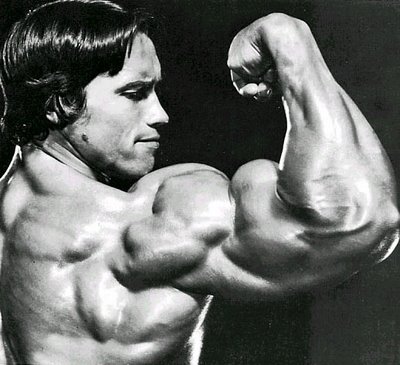
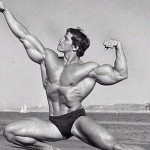

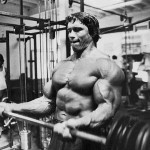
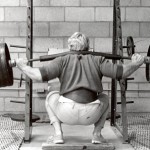
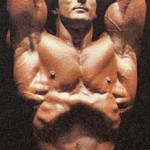

5 Comments »